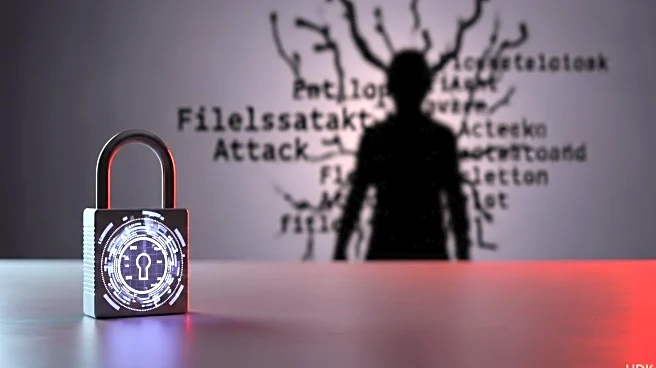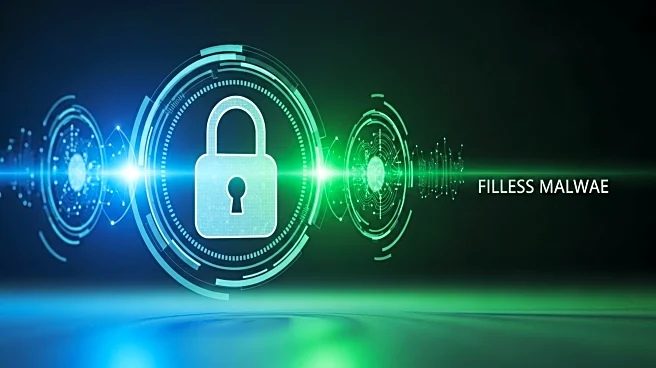What is the story about?
What's Happening?
Security researchers have identified a new method of delivering the AsyncRAT malware using fileless techniques. The malware is distributed through a multi-stage, in-memory loader, bypassing traditional disk-based detection methods. Attackers gain initial access via a compromised ScreenConnect client and execute PowerShell scripts to deploy the malware. This approach allows the malware to operate entirely in memory, making it more challenging to detect and remove.
Why It's Important?
The use of fileless techniques by malware like AsyncRAT represents a significant evolution in cyber threats, posing challenges for traditional security measures that rely on disk-based detection. This development underscores the need for advanced cybersecurity solutions that can detect and respond to in-memory threats. Organizations must adapt their security strategies to address these sophisticated attacks, which can have severe implications for data security and privacy.
What's Next?
As fileless malware techniques become more prevalent, cybersecurity firms and organizations will need to invest in advanced detection and response technologies. This may include the use of behavioral analysis and machine learning to identify and mitigate threats. The cybersecurity industry will likely see increased collaboration and information sharing to combat these evolving threats.
AI Generated Content
Do you find this article useful?














